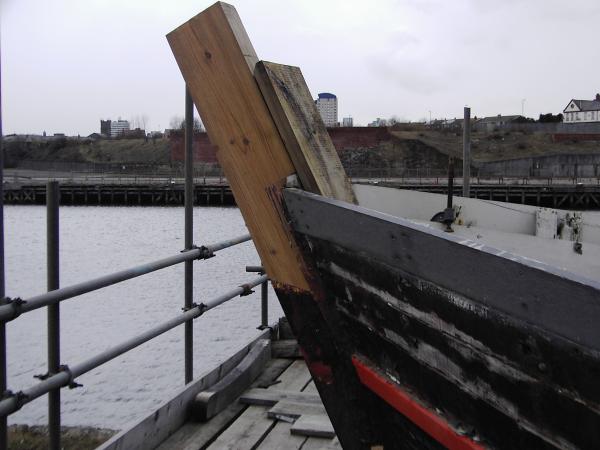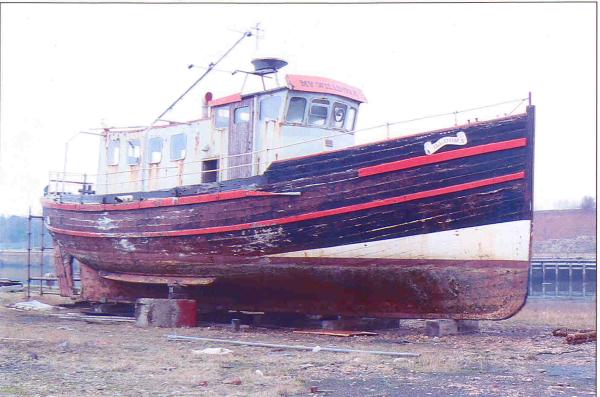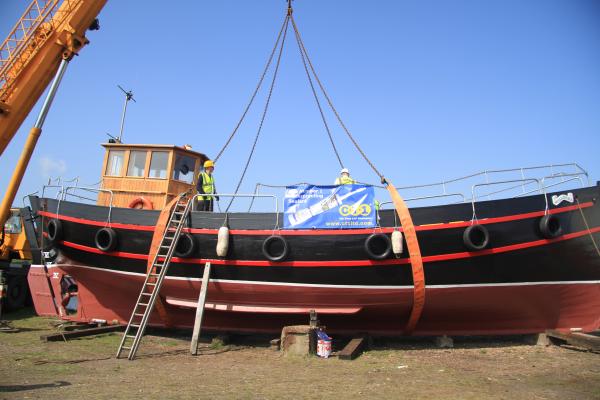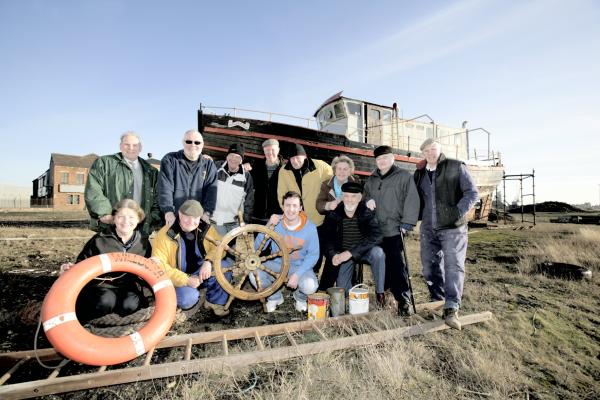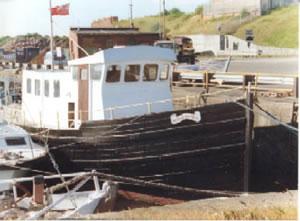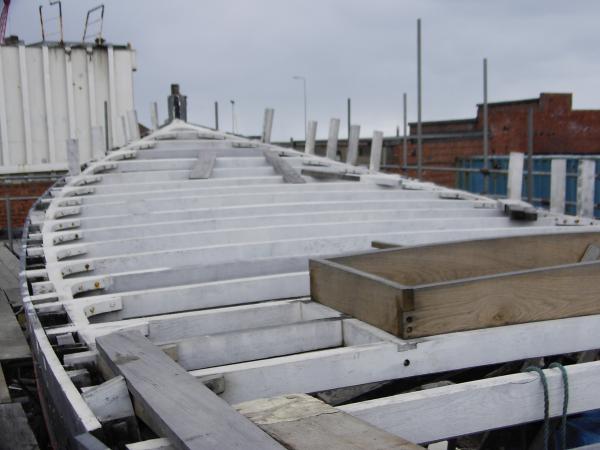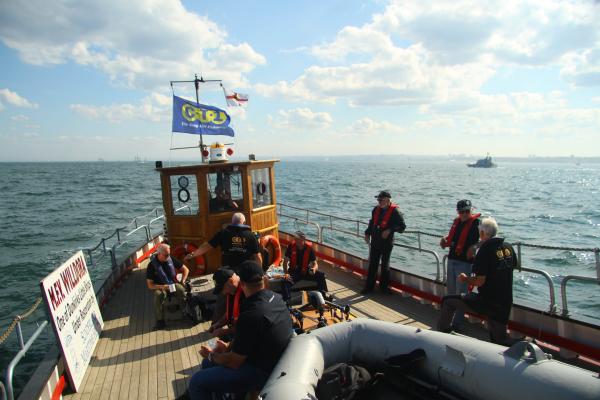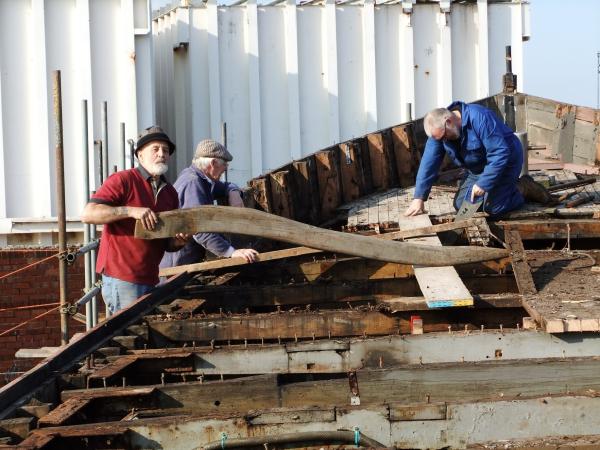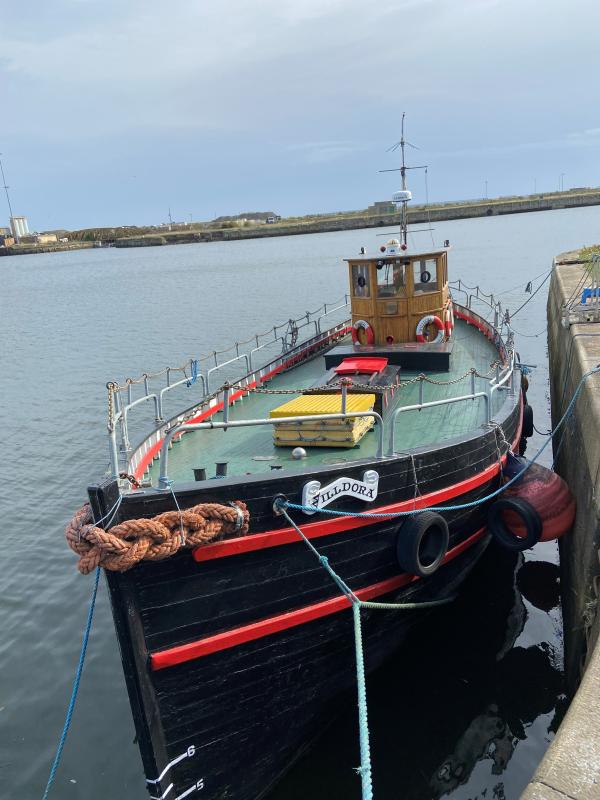

Details
Construction
Dimensions
History
The trawler WILLDORA, built in 1901 in Scotland was one of three sister vessels named after the owner's wife and two daughters - WILLDORA, WILLANNE and WILLMARIE.
WILLDORA is credited with saving 200 lives despite being badly damaged by shellfire. After the war, WILLDORA went back to fishing and was later sold as a pleasure craft. She was intended as a training ship for the district's school children, but the local council ran out of money. For three years, she lay sunk in Sunderland's South Dock until a local garage owner, George Fraser identified her and decided to salvage her for use as a pleasure cruiser. With members of Hartlepool Diving Club, a crane and 10 helpers she was raised. Almost immediately afterwards, following a further act of vandalism, she sank at her moorings and, after being lifted out, sat on the quayside for three years. The Trust, unable to start all over again, donated WILLDORA to the Dunkirk Little Ships Restoration Trust with the recommendation that Chris Carolan was willing and able to take on the restoration. A charitable trust was formed to raise funds to restore her. Over the next few years the hull and deck was replanked and a new wheelhouse and saloon were built to accommodate disabled people when taken out on sea trips.
In 1993, she led the Tall Ships fleet out of the river Tyne at the start of their race.
In 2008, WILLDORA was awaiting a refurbishment before becoming part of Sunderland Maritime Heritage's programme of activities to be used for publicity, training and fundraising. Since then she has been restored and the project was completed in summer 2018 on time for the Tall Ships Races from Sunderland.
The later steel cabin has been removed and replaced with a traditional timber trawler type cabin. The deck is traditionally caulked and the deck itself was recently painted. The beam shelf was replaced during the restoration and a complete new deck planking installed and various planks on the hull were replaced. The vessel has been completed rewired and the main engine serviced. A new substantial steel keel shoe was installed at the last dry dock in 2020. The vessel benefits from the installation of radar & GPS navigation equipment.
The Volunteers of Sunderland Maritime Heritage are now focused on the accommodation refurbishment.
Key dates
-
1901
Year of build
-
1940
Took part in Dunkirk evacuation
-
1970s
Bought by Sunderland Council as a maritime project; later a charitable trust set up to restore her
-
1993
Led the Tall Ships fleet out of the River Tyne and later sank at her moorings
-
1994
Donated to the Dunkirk Little Ships Restoration Trust
-
2012
Restoration at Sunderland under way
Grants
-
October 2010
Secured a further grant of £40,000 from the City of Sunderland S.I.P. (Single Innovation Plan). Source: current owner
-
7 October 2008
A Suistainability Grant of £1,500 was made to WILLDORA towards the costs of a survey by the Strategic Development Fund of National Historic Ships
Sources
ADLS News: Fleet news, Spring 2015
Own this vessel?
If you are the owner of this vessel and would like to provide more details or updated information, please contact info@nationalhistoricships.org.uk

